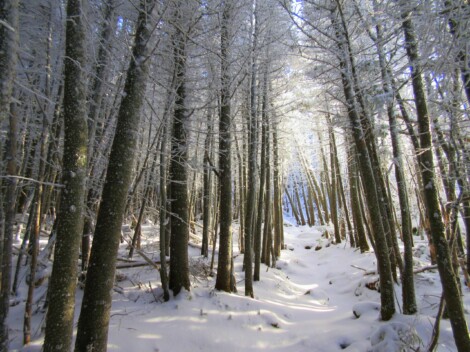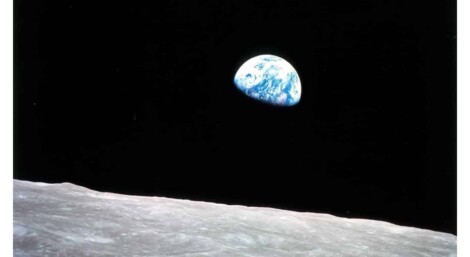Six Steps back to the Land
In Britain, over 20% of us are now considered obese, 40 % of our food is imported (with serious implications for food security and sovereignty), youth unemployment is at 14.4% and social isolation is on the increase.
What bright idea might offer a solution to these seemingly unrelated issues? The answer according to Colin Tudge, author of Six Steps Back to the Land, is a million more small-scale farmers.
In his book, Tudge calls for those of us ‘who give a damn’ to get involved in nurturing a vibrant food culture grounded in the practice of enlightened agriculture.
Enlightened agriculture—a term he coined in 2004 and often shortened to ‘real farming’—is defined as, ‘farming that is expressly designed to supply everyone, everywhere, with food of the highest standards, both nutritionally and gastronomically, without injustice or cruelty and without wrecking the rest of the world.’
It involves transforming our current food system of large-scale, industrial, high-input, low-waged to zero-hour labour monocultures to one that is maximally diverse, low input, tightly integrated, complex, skills-intensive and, in general, small-to-medium-sized.
Regarding the Land
“What I stand for is what I stand on.”
― Wendell Berry
Several years ago I was invited to work on a ‘Soil and Story’ project for the Soil Association. It was a wonderful opportunity to do some research into different cultural approaches to soil and earth. Now that I am in the process of co-organising A Land Conference in Devon I decided it might be worth looking up some of what I discovered working on that project. What follows is an extract from some of my research.
“The world’s indigenous peoples revered and still revere the soil as a power in itself, rather than as merely a provider of food, minerals or structural support. Native Americans say ‘the earth is our mother’ and refer to the soil as ‘our mother’s flesh’. The Maori of New Zealand call themselves ‘tangata whenua’, people of the land, and call her ‘the mother that never dies’. For the Australian Aborigines the land is the place of ‘dreaming’, and dreamtime stories explain how the land was created by the journeys of the spirit ancestors.
The long remembering
“We need to haunt the house of history and listen anew to the ancestors’ wisdom.”
Maya Angelou
Last week I was walking on Dartmoor when I stumbled upon The Mariners Way.
The Mariners Way is said to be the track which sailors walked from Bideford in the north to Dartmouth in the south. As I made my way down it I couldn’t help thinking of the many travellers of all kind who would have trodden this stony path over the centuries. Each with their own thoughts, in reminiscence or anticipation, walking in company or alone, in good health or ailing, by day or by night. Each leaving their imprint on the soil, their sounds on the air, exhaling their warm breath into the ether. Each in turn feeling the cool night air on their skin or the sun gently breaking through a dense cover of leaves.
As the path descended further into the valley I, like my fellow past travellers, was greeted by the sounds of the river Dart.
Sleep like a river
“How we need another soul to cling to.” – Sylvia Plath
Since my nine year old son watched a particularly scary episode of Dr Who we have started practising ‘kawa no ji mitai’.
Kawa no ji mitai is not some ancient martial art designed to chase away the bogeymen from under the bed, but it may be just as effective. Kawa is the Japanese sign for a river flowing between two banks. When a child sleeps between his parents they provide the protective and comforting banks that keep the child safe. The child sleeps like a river.



